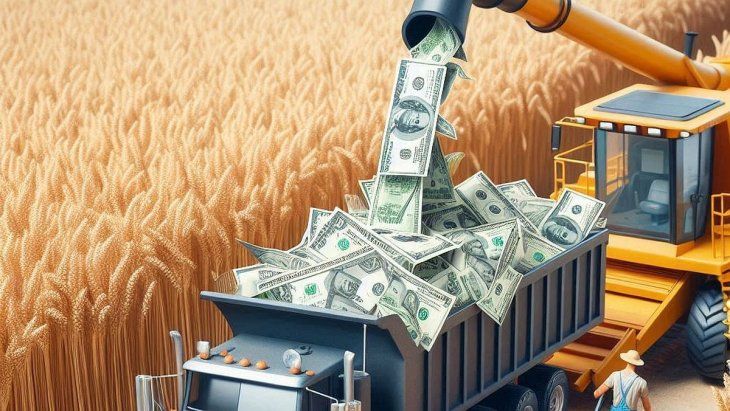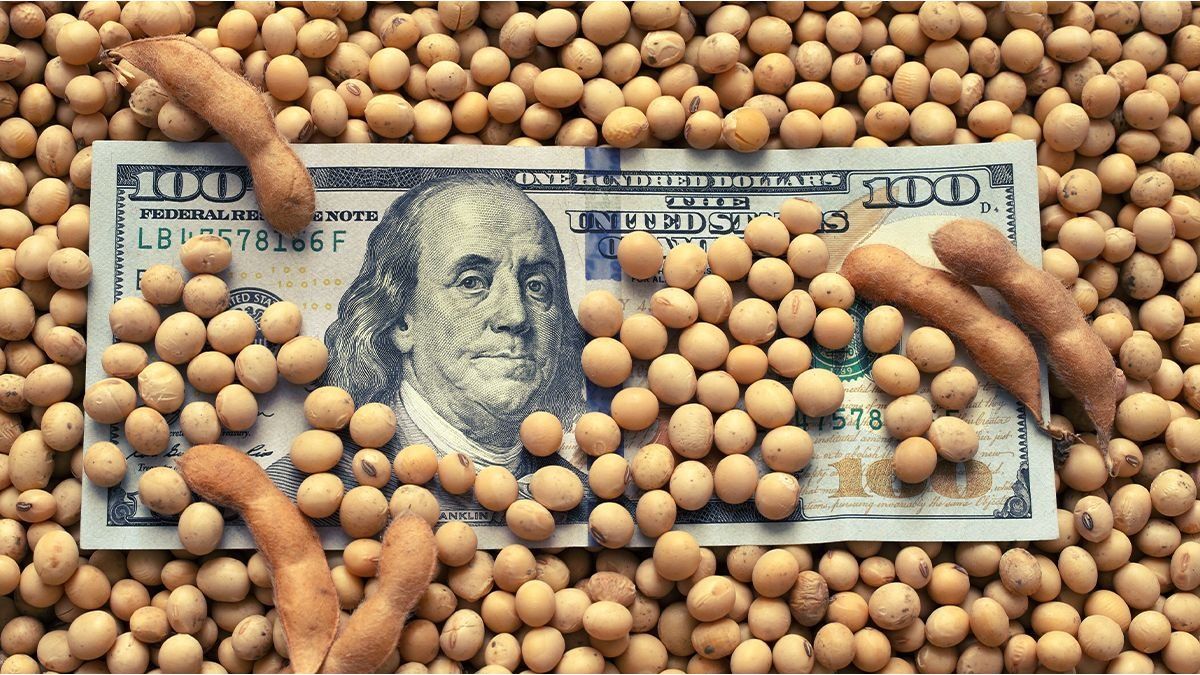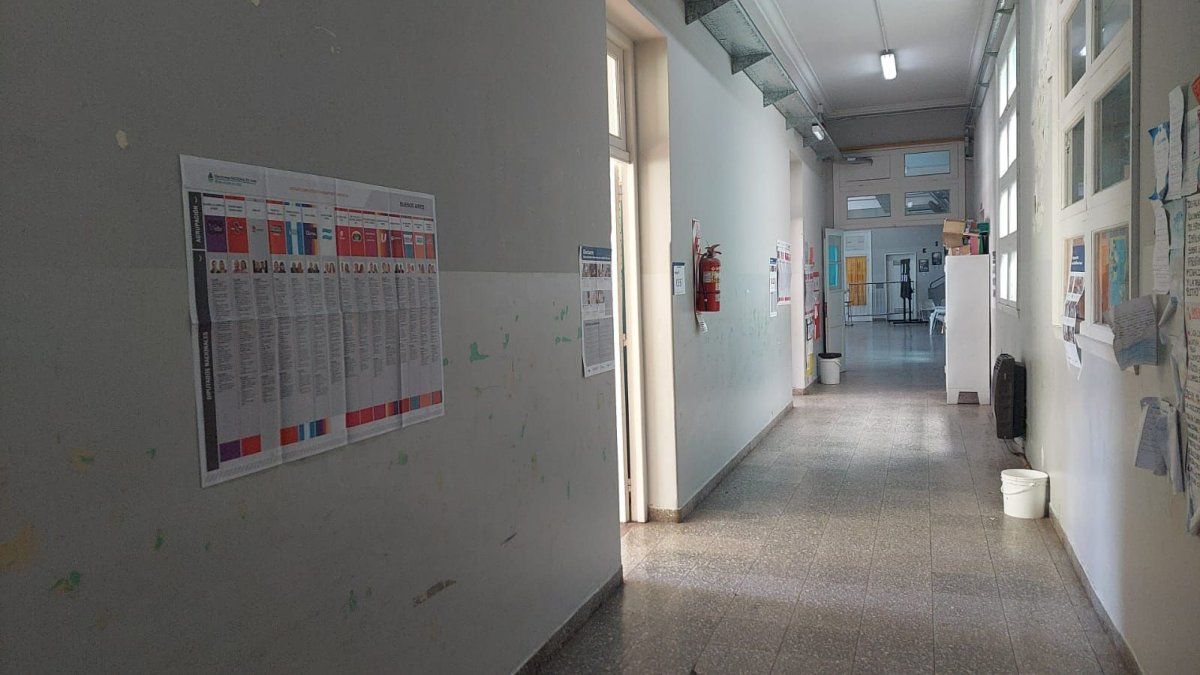As reported Scopethe Government confirmed the temporary reduction of agricultural withholdings and the definitive elimination of export duties for regional economies. This decision comes in response to a sector that faces critical challenges, such as the drought and the drop in international prices, but it is even more important for the Government, which seems urged to dollars and hurries the agriculture to liquidate.
The most immediate impact will be the reduction in the rates of the main crops. From next Monday, soybeans will reduce their retention from 33% to 26%while derivatives such as oil and flour will go from 31% to 24.5%. On the other hand, wheat, barley, sorghum and corn will decrease from 12% to 9.5%. Even sunflower, which had a load of 7%, will go to 5.5%. These reductions will be in effect until June 30, 2025, providing temporary relief to the sector.
However, city analysts were quick to react to the measure. “In order to access the reduction in withholdings, they must liquidate the dollars within 15 days of submitting the “Affidavit of sale abroad.” In reality, the measure is not to help the sector, but to accelerate liquidations. Another example more that they are burning reserves,” wrote one of the most read in “X”.
Caputo’s announcement strikes a delicate balance between loss and opportunity for the Government. By eliminating withholdings on key products such as soybeans, corn and wheat until June, the Milei administration forgoes significant tax revenue, increasing dependence on other taxes, such as VAT, linked to consumption. Although the primary surplus of 1.8% of the Gross Domestic Product (GDP) in 2024 was a milestone, this measure introduces an additional risk to fiscal sustainability, by placing more weight on an economy that depends on the reactivation of domestic consumption.
agricultural retention field
The Government is rushing to receive more dollars from the countryside.
Depositphotos
On the other hand, the economic team seeks to take advantage of an immediate benefit: encourage the liquidation of dollars held in silobags by agricultural producers. This flow of foreign currency is crucial to alleviate the position of the Central Bank, which has already accumulated more than US$1.4 billion so far this year. However, the intervention whitened by the agency to keep the exchange rate gap at bay is also part of the bleeding of greenbacks, with bond sales for more than US$700 million in January to prevent the spread from exceeding 15%.
The impact of this gap is direct on agriculture: the larger it is, the lower the price in pesos that producers obtain for their exports. During the government of Alberto Fernández, the price captured by a soybean producer was barely 30% of the international value, a percentage that improved with export incentives under Sergio Massa and that, under Milei, has reached 60% thanks to the reduction of the exchange gap. However, uncertainty and the expectation of a devaluation continue to stop many producers from selling.
Doubts about the future
Milei’s bet faces several questions. On the one hand, there is the political calculation: will he risk reintroducing withholdings in the final stretch of the electoral campaign, remembering the political cost that Mauricio Macri faced in 2019? On the other hand, the commitment to fiscal balance could force unpopular measures if revenue from other taxes does not reach the planned objectives.
Meanwhile, agriculture plays its card on a board where speculation is the protagonist. The response of the producers will be key to determining whether Caputo’s strategy manages to consolidate the exchange rate calm or if the market once again puts in check the stability that the government so badly needs.
The field foresees a drop in exports by 2025
By 2025, The CAA projects that agroindustrial exports will reach US$44,820 millionwhich represents a drop of US$710 million in relation to estimates for 2024.
Most of this income will come from cereal and oilseed complex (CERyOL)with eExports estimated at US$29,671 million. In addition, meat and regional economies would contribute US$3,997 million and US$11,152 million respectively.
wheat dollar withholdings.jpg

The fall of the Merval index and Argentine ADRs shows the decoupling of the local market from the upward trend in the region.
Image created with artificial intelligence
“It is projected that the cereal and oilseed complex registers a drop of US$1,390 milliongoing from the estimated US$31,061 million for 2024 to US$29,671 million. This decrease is mainly explained by a negative price effect of US$2,898 million, partially offset by an increase in exported quantities, which add up to a positive effect of US$1,508 million,” the Council stated.
If these projections are fulfilled, the Meat exports would register a growth of US$444 millionreaching US$3,997 million, while the regional economies would experience an increase of US$236 million, reaching US$11,152 million. “These increases would help partially mitigate the decline in the cereal and oilseed sector,” the CAA said.
Analyzing exports by quarter, it is expected that 2025 maintain a stable distribution. He The second and third quarters would be the most dynamic, with exports projected at US$12,631 and 12,254 millionwhile the first and fourth quarters would reach US$9,766 million and 10,063 million, respectively, according to the CAA.
The impact on the dollar and financial assets
This Friday, the reduction in withholdings is expected to drive a positive scenario, with the probability of a fall in financial dollars and a greater focus on investments in pesos. High investor interest is also projected in the tender for Treasury bonds, reflecting confidence in the instruments offered by the Executive.
It is worth remembering that in contrast to the positive performance of the stock and bond markets in the rest of Latin America, Argentina showed an adverse dynamic. The index Merval of the main shares fell 2.1% in pesos and 2% in dollars, while the ADRs of Argentine companies in New York followed a similar trend.
Source: Ambito




